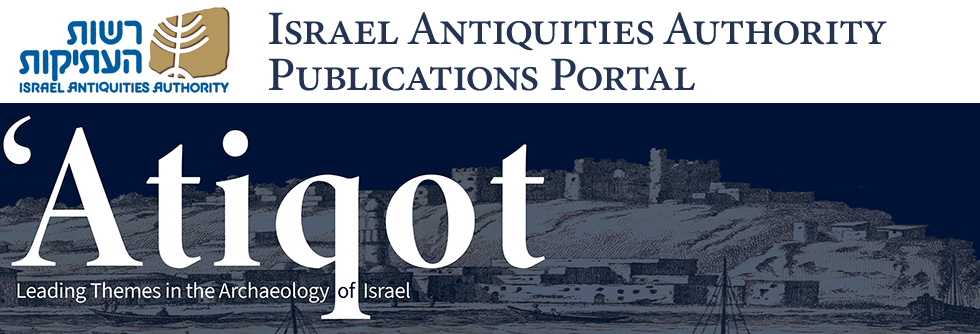Abstract
The majority of the faunal remains from the excavation at Ramla were retrieved from Area A. The assemblage mostly comprises domestic livestock, including domestic fowl. It also includes a few remains of wild mammals, fish and songbirds. The very low numbers of pig bones at the site are characteristic of assemblages associated with cultures that imposed a taboo on eating pork, as Jewish and Muslim communities. The assemblage appears to represent refuse deposits, although their precise origin is unclear.
Keywords
Early Islamic period, cut marks, meat consumption, slaughtering, economy
Recommended Citation
Shtainberg Finali, Dana and Bouchnick, Ram
(2022)
"The Faunal Remains from Ramla,"
'Atiqot: Vol. 108, Article 20.
DOI: https://doi.org/10.70967/2948-040X.1159
Available at:
https://publications.iaa.org.il/atiqot/vol108/iss1/20
Included in
Agriculture Commons, Biblical Studies Commons, Christianity Commons, History of Art, Architecture, and Archaeology Commons, Islamic Studies Commons, Science and Technology Studies Commons, Urban Studies and Planning Commons

